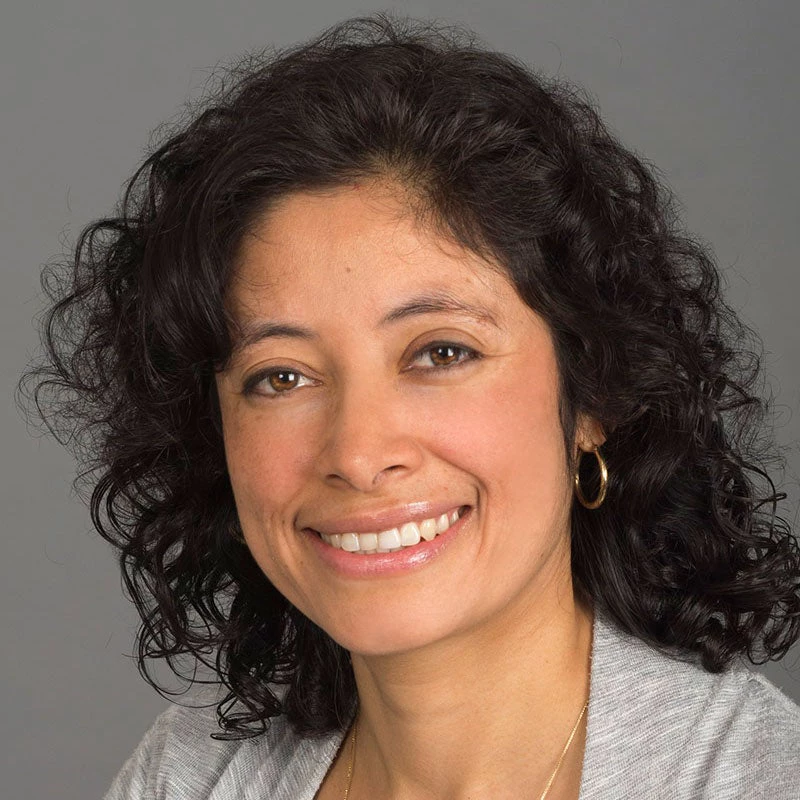
This blog is based on the October 2021 edition of the Knowledge4Jobs newsletter, curated by the World Bank’s Jobs Group and Labor and Skills Global Solutions Group. Click here to sign up for the Knowledge4Jobs newsletter.
This month we discuss a framework for evaluating men's and women's work. The 19th International Conference of Labor Statisticians (ICLS) in 2013 introduced major changes to labor statistics standards. Relative to the standards of 1982, it narrowed the scope of the statistical definition of employment to work done for pay or profit and adopted a broader definition of work. It also introduced a new type of work framework to aid in the analysis of paid and unpaid productive activities. This new framework acknowledges that people may engage in multiple work activities at the same time, allowing for a complete accounting of all work performed. Another significant aspect of the 19th ICLS was the adoption of a comprehensive set of labor underutilization indicators to supplement the unemployment rate.
Since 2015, the International Labor Organization (ILO) and the World Bank have conducted a series of pilot studies to support the operationalization of the 19th ICLS standards in household surveys and improve survey methods on labor, with an emphasis on the measurement of women’s work, under the umbrella of the Women’s Work and Employment Partnership (WWEP).
The publications below discuss the key findings from this program of survey methodological work, as well as the recently released Living Standards Measurement Study Guidebook for measuring labor and other relevant articles. The reading list concludes with a selection of articles that explore the broader jobs agenda and COVID-19 related issues.
Measuring Women’s and Men’s Work
- This report summarizes the findings of a pilot study conducted between 2017 and 2019 by the International Labour Organization and the World Bank in collaboration with the Sri Lankan Department of Census and Statistics. The goal was to develop guidance on best practices in measuring women's and men's work through household surveys. (Discenza et al, World Bank and ILO, 2021)
- The Living Standards Measurement Study guidebook provides informed advice to statisticians and survey practitioners on the accurate measurement of employment and work. (Durazo et al, World Bank, August 2021)
Essential Readings
- While there is wide variation across countries and regions, farmers in Sub-Saharan Africa are more likely to report intending to produce for sale at the end of the growing season than earlier in the season and men are more likely to produce for sale than women. (Gaddis et al, World Bank, August 2020)
- Women in rural Honduras underreport their engagement in economic activities because they identify themselves — and are identified — primarily as housewives. (Muller & Sousa, World Bank, April 2020)
- This paper discusses a survey research agenda to improve measurement of rural women’s employment in national surveys. (Gayatri Koolwal, World Development, July 2021)
- The authors discuss critical survey design features, such as the structure of the labor module and the wording of the questions, and how they affect sex- and age-disaggregated labor market indicators. (Desiere & Costa, World Bank, June 2019)
Broader Jobs Agenda
- Belgian firms further up the production value chain pay significantly higher wages. However, the wage premium varies significantly depending on the workers' origin. (Fays et al, IZA Institute of Labor Economics, August 2021)
- The paper estimates how a large corporate income tax credit in France is passed on to wages and investigates the underlying mechanisms at the firm and employee levels. (Carbonnier et al, IZA Institute of Labor Economics, August 2021)
- An intervention targeting early life nutrition and well-being for households in extreme poverty in Northern Nigeria induces positive labor supply responses among women. (Carneiro et al, American Economic Association, August 2021)
- Using a life-cycle approach, the ILO flagship report examines progress toward universal social protection coverage. (ILO, September 2021)
- How can we generate more good jobs in developing countries? Growth policy, jobs policy, and social policy must be integrated. (Dani Rodrik, World Bank, October 2021)
- There are significant gains associated with acquiring higher levels of education in Ethiopia's urban labor market. (Nath & Wieser, World Bank, September 2021)
COVID-19 Related Articles
- Survey data from across 40 developing countries shows that in the early stages of the pandemic, females, young people, those with less education, and city dwellers were the most likely to stop working. (Weber & Newhouse, World Bank, September 2021)
- Women have experienced greater job and income losses, have borne the majority of increases in unpaid care work, and have been subjected to higher levels of violence due to the pandemic. (O’Donnell et al, Center for Global Development, August 2021)
- More than a year after the outbreak, rural employment levels in Malawi have risen above pre-COVID 19 levels (80%). (World Bank, September 2021)
- This paper provides an interim overview of the effects of the COVID-19 pandemic on health and living standards, with a focus on low- and middle-income countries. (Miguel & Mobarak, National Bureau of Economic Research, October 2021)




Join the Conversation